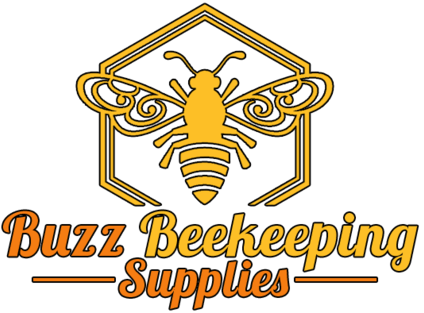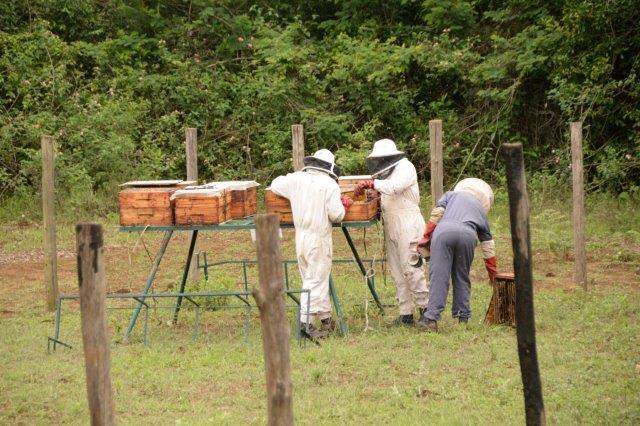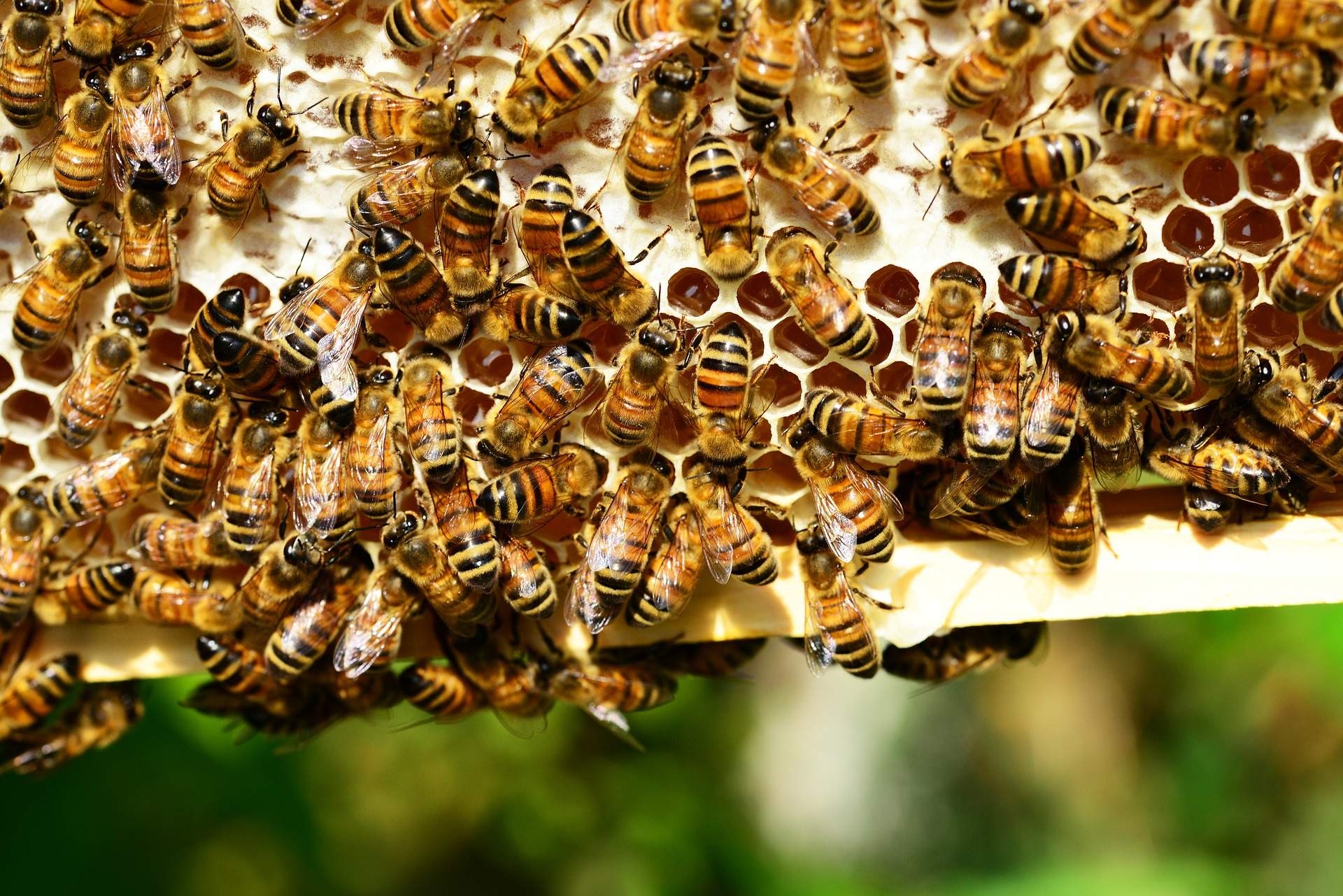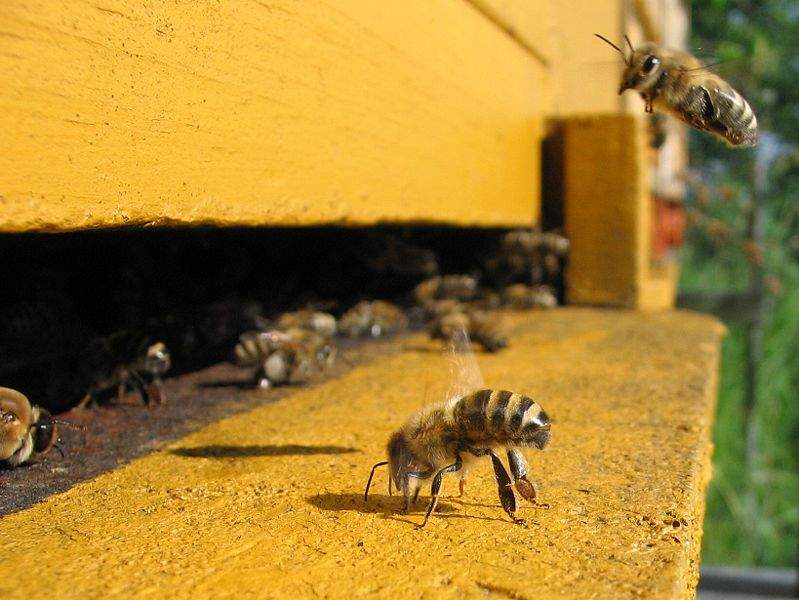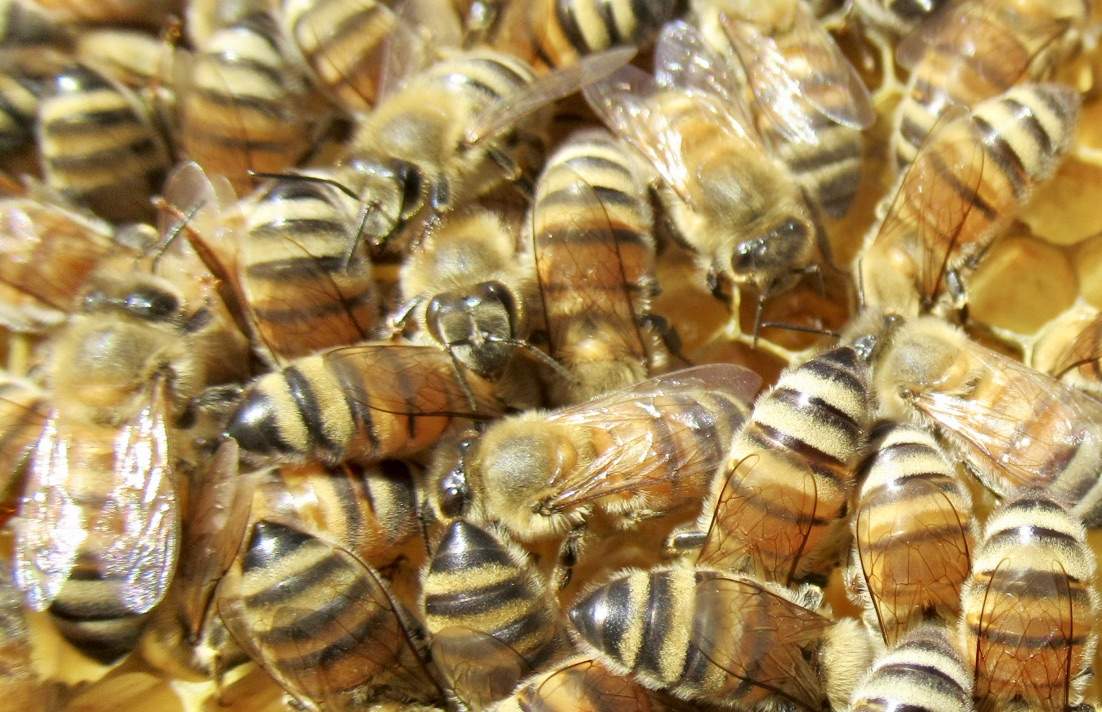10 Ways to Help Save the Bees
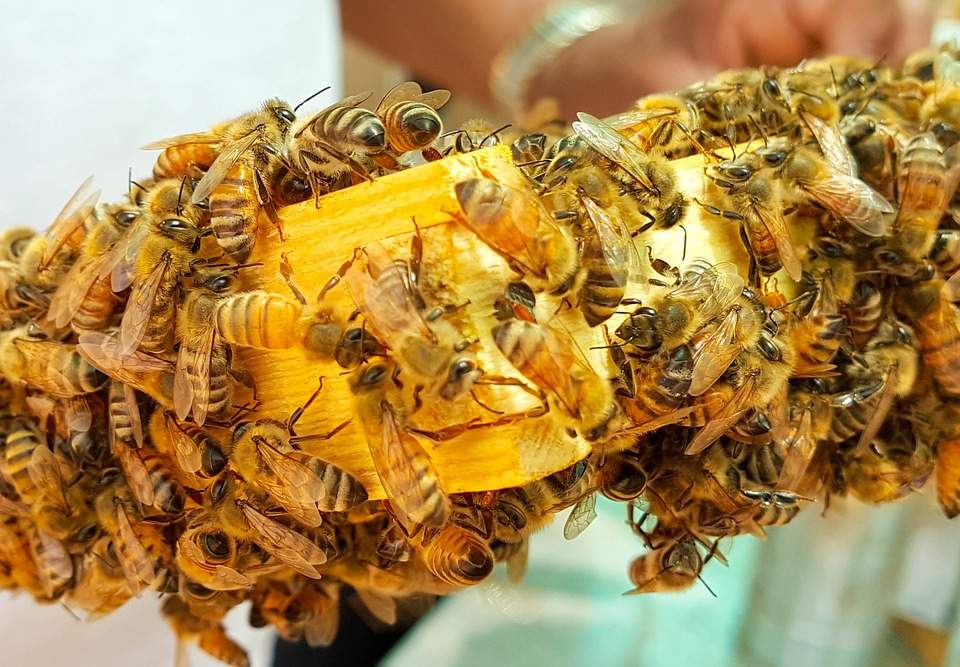
#1. Avoid insecticides
Modern pesticides (such as Roundup) are stronger than ever before and tend to have a long-lasting toxic effect on bees and other insects. If you are looking to get rid of pests, go for biological control methods instead. Generally, eliminating all unnecessary pesticides from the environment can go a long way towards saving the bees.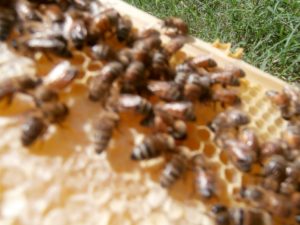
#2. Steer away from seeds treated with systemic insecticides
Many seeds today are usually coated with systemic insecticides such as Clothianidin, which spread to the entire plant and causes it to become toxic to all insects that may feed on it, including bees. Read the labels on the seed packets carefully before purchasing. If you are still not sure, contact the manufacturer for full details.
#3. Watch out for hidden killers in your garden compost!
Check the labels on your garden compost vigilantly before buying. Some are normally combined with a deadly insecticide known as imidacloprid. You may find it under different disguises, such as “vine weevil protection.” All in all, it is awfully toxic to all insects and living organisms in the soil – including beneficial earthworms. Once the plants absorb the insecticide, bees looking for water from the moist compost (for instance, if you are using hanging baskets) may be killed.
#4. Design a natural habitat
If possible, let some of the free space in your garden run wild. This will create a haven for small mammals (such as hedgehogs and solenodons) and insects such as bees.
#5. Plant flowers that are attractive to bees
Wildflower seeds are readily available from numerous seed merchants. The good news is that they can thrive in virtually any patch of ground, including those waste spaces in your garden you may not be using.
#6. Create a beehive site
If there’s some free space in your garden, you could dedicate a corner to keeping one or two beehives (or even offer it to a local beekeeper). If you choose the latter, consider the fact that he/she will need regular access to the site for maintaining the hive.
#7. Create a wild bee house
This could be as simple as providing a small box in your garden for feral bees to establish a home. You will find this particularly 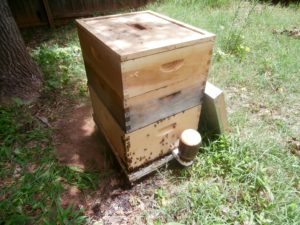 ideal if you just want to keep the bees without having to look after them. You can find great ideas for these sorts of boxes online.
ideal if you just want to keep the bees without having to look after them. You can find great ideas for these sorts of boxes online.
#8. Support your local beekeepers
Honey has been shown to ease the effects of many allergies like hay fever. Generally, buying honey from a local beekeeper is preferable than from supermarkets, which often source their honey from several thousand miles away. Better yet, go for a beekeeper that does not include any chemicals in their beehives and request for comb honey, which is the best.
#9. Learn and share information about bees
Unfortunately, most people are relatively ignorant of the importance of bees. Carve out some time to read a good book about bees and beekeeping. You’ll be surprised at the fascinating creatures bees really are. If it works out, you may even challenge yourself to:
#10. Start Beekeeping!
Becoming a beekeeper is easier than most people think. Do not be discouraged by the expensive equipment you see in those classy catalogs! In fact, it takes just a hive, some bees and some beekeeping supplies to keep bees successfully.
10 Ways to Help Save the Bees
1. Ventilated Suit – https://amzn.to/2D1hJBu
(NEW) Ventilated Jacket – https://amzn.to/2Av6piJ
2. Beekeeper YKK Suit Combo – https://amzn.to/2Xk3xLz
3. Beekeeper Journal – https://bit.ly/3xXxFl2
4. YKK Suit – https://amzn.to/2IDJALO
5. Beekeeper Jacket – https://amzn.to/2FirwTW
6. Beekeeping Gloves:
– Goatskin Beekeeping Gloves – https://amzn.to/2GYxBZW
– Cow Leather Beekeeping Gloves – https://amzn.to/2uiSExd
7. Queen Marking Kit – https://amzn.to/2Wm1kCw
– Queen Marking Pens – https://amzn.to/3c4vE8y
–Queen Marking Cage – https://amzn.to/2TDwwdQ
